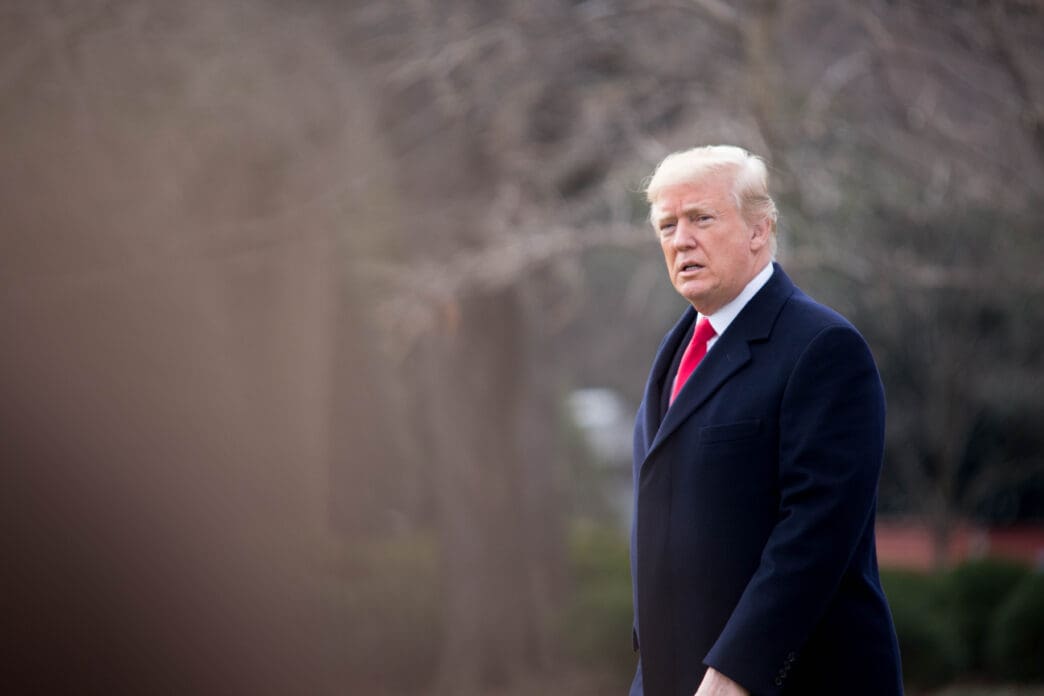Executive Summary
The Story So Far
Why This Matters
Who Thinks What?
President Donald Trump announced new tariffs on Chinese goods, totaling 130%, and export controls on critical software, escalating a trade dispute that sent US markets sharply lower on Friday, October 10, 2025. The move follows Beijing’s increased export controls on rare earths and appears to have prompted the cancellation of a high-level meeting between the two nations.
Trump’s announcement, made via a Truth Social post, detailed an additional 100% tariff on Chinese goods, which will be levied on top of existing 30% tariffs, effective November 1 or sooner. Additionally, the U.S. plans to impose export controls on “any and all critical software” starting the same date.
The news was met with a negative reaction from investors, causing major U.S. stock indexes to decline sharply on Friday. The Dow Jones Industrial Average fell by 878 points, or 1.9%, while the S&P 500 dropped 2.7%. The technology-heavy Nasdaq Composite tumbled 3.5% by market close.
Trade Escalation and Context
This action marks a significant escalation following several months of a trade truce between the United States and China. The decision appears to be a direct response to China’s move to ramp up export controls on critical rare earths, which are essential for the production of many electronics.
Reports indicate that Trump subsequently appeared to call off a scheduled meeting with Chinese President Xi Jinping, which was planned for later this month in South Korea. The renewed tensions echo previous periods of heightened trade friction between the world’s two largest economies.
History of Tariffs and Interdependence
Earlier in the year, tariffs on Chinese goods had reached as high as 145%, an effective embargo on trade, before an exemption for electronics brought the rate down to 20%. In May, both nations agreed to lower tariffs, with China reducing levies on American exports to 10% from 125%, and the U.S. bringing rates down to 30% from 145%.
These earlier tariff reductions had led to rallies in both countries’ stock markets, highlighting the sensitivity of markets to trade relations. Despite recent shifts in import patterns, the United States continues to rely on China for hundreds of billions of dollars in goods, including electronics, apparel, and furniture, while China remains a major export market for America.
Underlying Tensions
While Trump claimed the latest trade hostility from China “came out of nowhere,” the article notes that tensions have been developing for months. Key issues include China’s supply of rare earth magnets and previous U.S. restrictions on technology sales, such as a critical Nvidia AI chip.
Recent tit-for-tat actions have also included the Trump administration’s announcement of fees on goods transported on Chinese-owned or -operated ships, which was countered by China with a similar plan on American vessels.
The ability of President Trump to impose tariffs “on a whim” could soon be influenced by the verdict in a landmark case scheduled to begin in the Supreme Court next month. In contrast, President Xi reportedly faces no such domestic constraints on his trade policy decisions.
Market Implications
The renewed trade tensions underscore the delicate economic relationship between the United States and China, with significant implications for global markets and supply chains. Investors and businesses face renewed uncertainty regarding the future of trade policy between the two economic giants.








